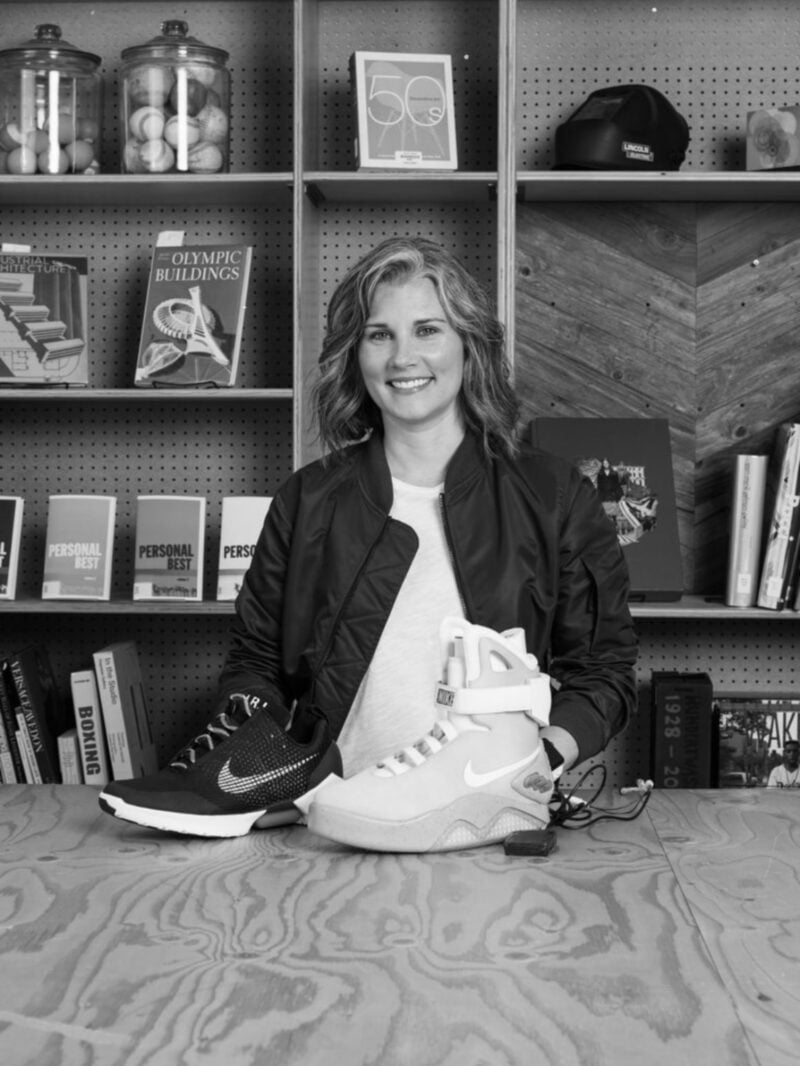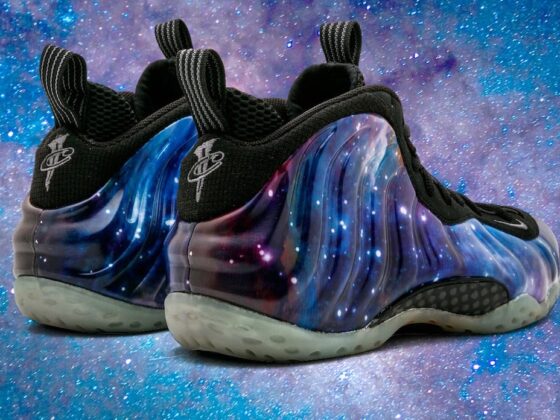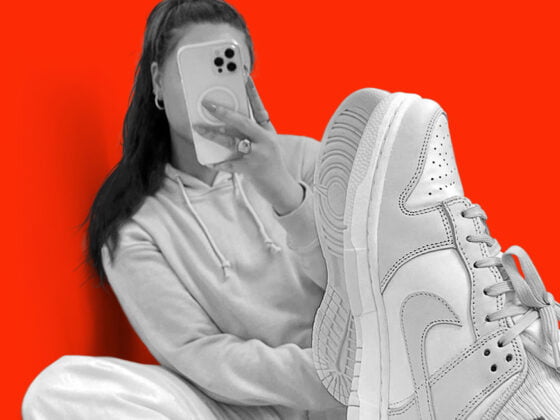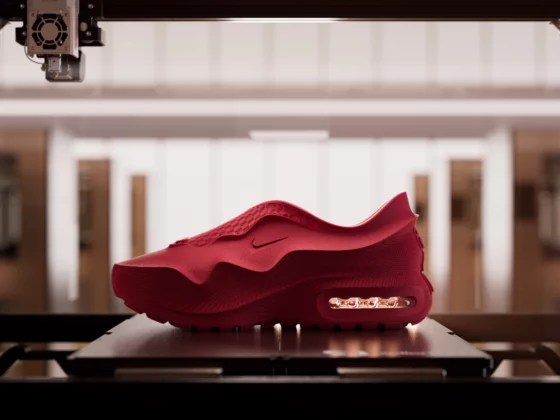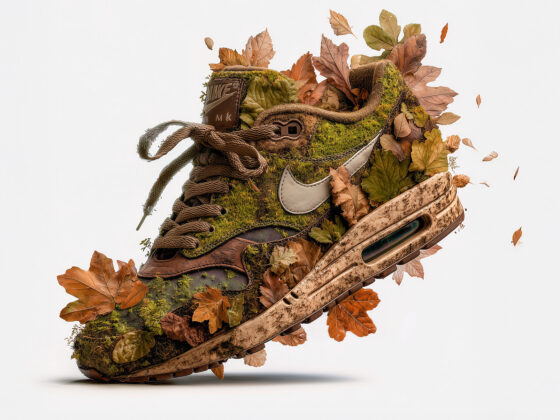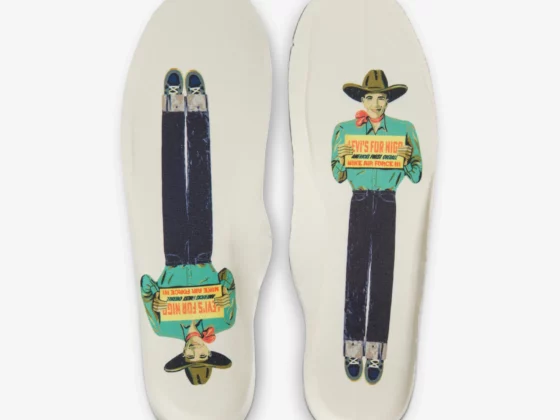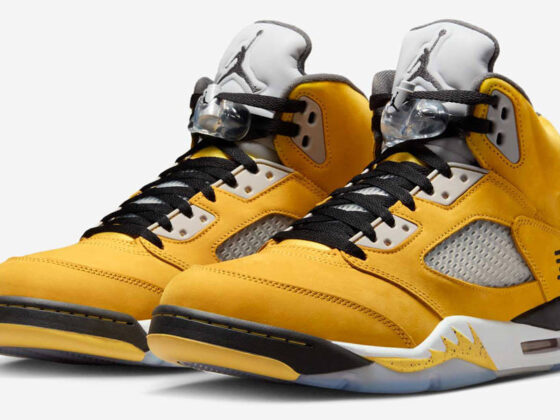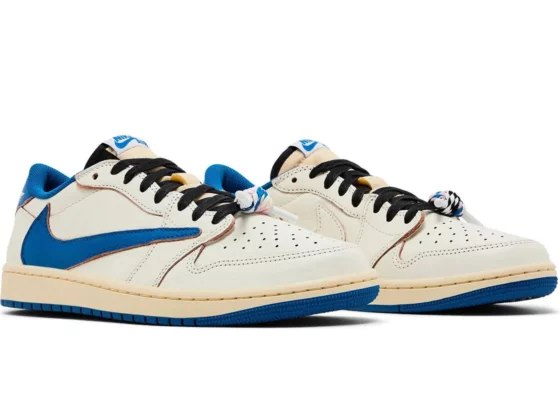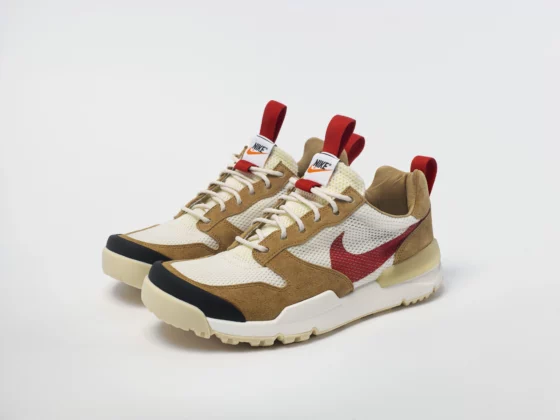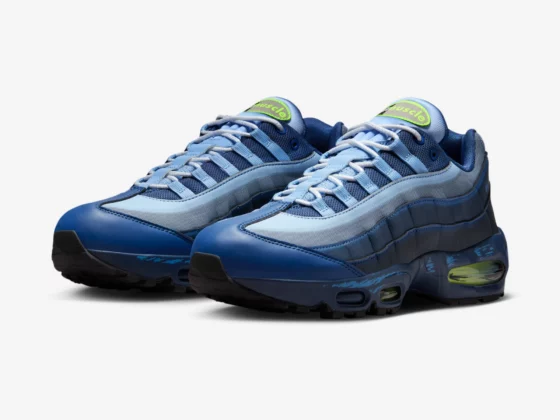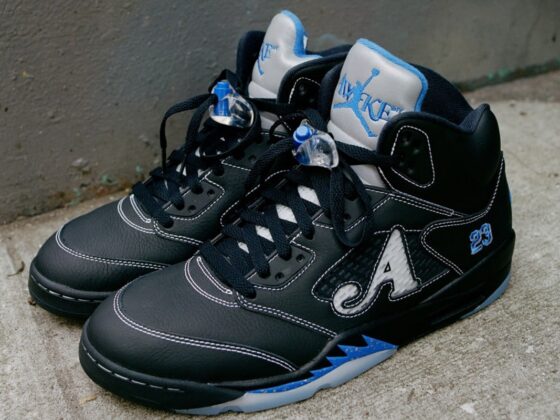Tiffany Beers is undoubtedly one of the most important women in sneakers of all time. We are sure that many of you know the extent of her work, but if you don’t, we’ll just rattle off a few of her many achievements. Tiffany worked on some of the most high profile releases in Nike’s history, including Kanye West’s first Yeezy model, the Hyperadapt and, of course, the Nike Mag. This alone makes her a legend in footwear design.
Although Tiffany may have left Nike and the world of sneakers behind, her legacy in the industry is simply profound. Whilst every woman in the industry plays an important part in shaping it, Tiffany revolutionised and opened up the space to a whole new level. After joining Nike in 2004, it didn’t take her long to become one of the most in-demand designers for the company, but more on that later.
For today’s Women in Sneakers article, we’re taking a closer look at Tiffany Beers career at Nike. As one of the few female designers at the very top of the Swoosh, Tiffany is a fantastic example of a woman enacting change from within the company. Without further delay, let’s take a closer look at her sneaker story.
Origins
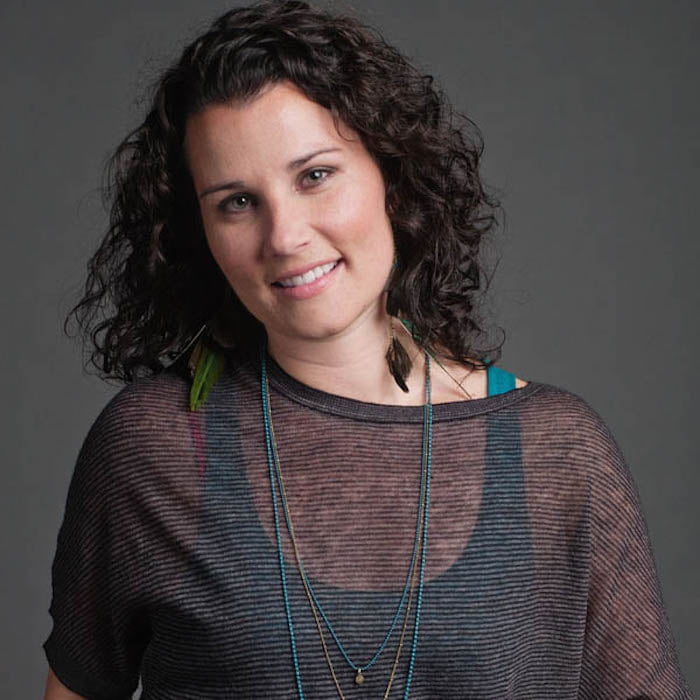
Born and raised in Townville, Pennsylvania, Tiffany Beers had a relatively quiet childhood. She was very interested in sports and had a love of the great outdoors. Tiffany lived with her grandmother and attended Penn State Erie University, specifically the Behrend College, and studied plastics engineering. During her time at university, she was also on the volleyball team where she played as an outside hitter.
After finishing university, Tiffany began to look for jobs outside of the Midwest. A simple search of “Nike jobs” saw her land on a product engineering role. This serendipitous search would get her an interview at Nike HQ in Portland, Oregon. In the end, she got the job and started working for Nike in 2004. Her first role was as part of the plastic team which engineered the air bubbles in Nike Air sneakers.
Back to the Future
Tiffany Beers knew from the get-go that the Innovation Kitchen was the place to be at Nike. She worked hard and made good progress at the company, before a networking event with senior staff members and executives gave her a break. In 2005, Tiffany introduced herself to Tinker Hatfield. Yes, the Tinker Hatfield. This introduction would be a case of right place, right time.
Soon after their first meeting, Tiffany got a call from Tinker where he asked her to come to his office. On his screen was a petition which had 30,000 signatures on, asking for Nike to “Remake the Back to the Future” shoes. Tinker then proceeded to ask Tiffany if she could recreate the sneaker. As you can probably imagine, this was an enormous deal for both Nike and Tiffany.
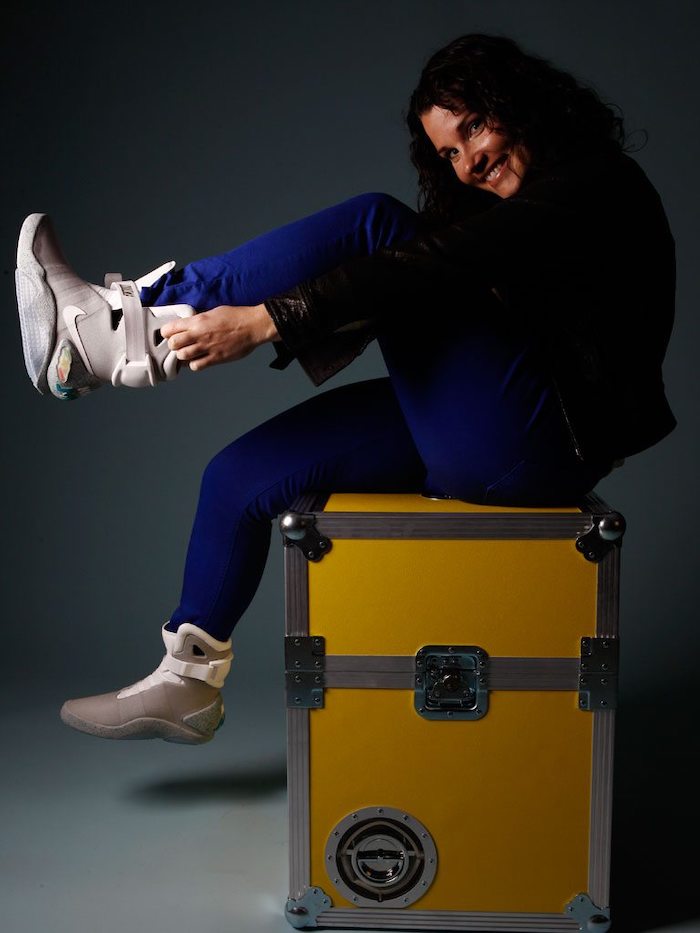
“I had a year of experience at that point; I didn’t have enough knowledge to know better” Tiffany told Complex. “I just figured ‘Why not? Anything is possible.’” With little to no help from Tinker, Tiffany was simply told to get to work. “There’s a shoe in the archives, go get it, figure it out” Tiffany explained.
In 2011, the Nike Mag was finally released to the public via charity auction. After five years of hard work, the sneaker finally became a reality for a lucky few. Although it was a fantastic release, sneakerheads everywhere noticed the one major detail they had been longing for: auto-lacing. It would be the start of another crazy project, and one that we’ll revisit later.
Air Yeezy
In February 2007, Mark Smith would get a call that would change the sneaker world forever. Mark Parker, then CEO of Nike, had worked out a deal with Kanye West to create a sneaker. As one of the most well-respected figures in sneakers, streetwear and music, this was going to be an interesting project.
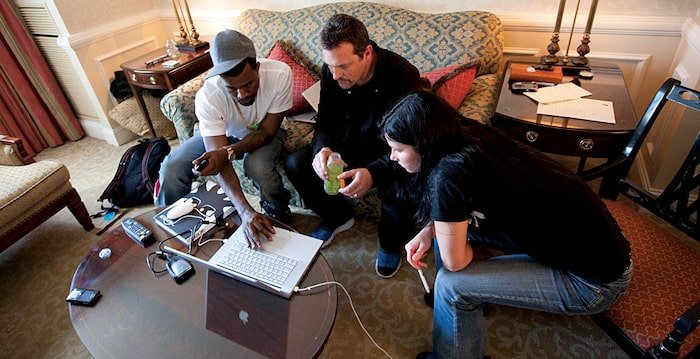
“We just kind of went into it saying that we wanted to do something that was unique, and Kanye’s clear vision was that it should feel retro. I just listened, and he thought it should feel like it came from the ’80s,” Smith explained to Nick DePaula of Sole Collector. After Smith and Parker had the initial meeting with Kanye, in which the rapper brought in a bunch of his favourite designs, a brief was put together.
Soon after, Mark Smith went back to Tiffany and began developing a plan on how to create the Yeezy sneaker. Tiffany played arguably the most important role in the project. It was her job to capture as much information down as possible in the conversations between Kanye and Mark, visiting the Innovation Kitchen to create samples and send them off to factories in order to have them executed.
When we first started the shoe, we thought it’d be a quick project, like a three-month project,” Tiffany explained to Nick DePaula. “We’d do it, meet with him, make sure he likes it and be done. That’s not quite what it turned out to be.” In fact, the Air Yeezy project with Nike would take closer to a year in terms of getting things right. Ever the perfectionist, Kanye insisted that the shoe look retro but feel premium. A multitude of versions were made, with Kanye really wanting a shoe that lit up, inspired by the Nike Mag. In the end, a glow in the dark sole would have to suffice.
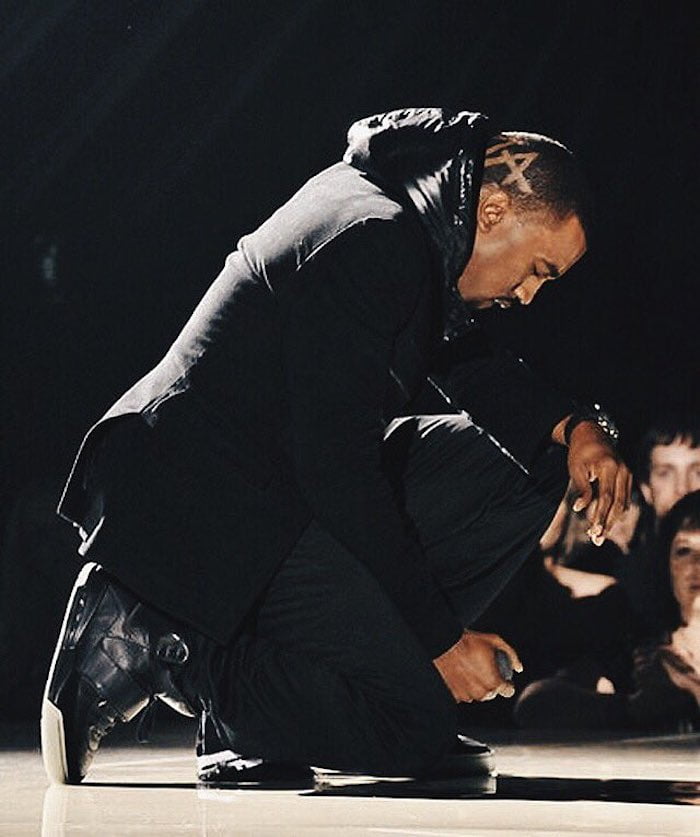
By 2008, the hype around the Nike Air Yeezy was getting crazy. The sneaker community knew that there was a special project happening, but not that it was a Kanye West x Nike shoe. In the end, it was time to unveil the sneaker to the world. During his 2008 Grammys performance, Kanye revealed the Nike Air Yeezy. The mysterious Nike sneaker hit every single forum, Facebook group and Reddit page with people wanting to know more about the shoe.
The eventual release of the Nike Air Yeezy I in 2009 would become the biggest release of the year. Tiffany Beers work on the project would cement her as one of the most innovative minds at Nike, earning her a seat at the top of the Innovation Kitchen. Soon after, Tiffany would have to return to the crazy project set by Tinker Hatfield.
Back to the Future: Part II
As previously mentioned, the 2011 Nike Mag release was a landmark moment for both Nike and Tiffany Beers. However, sneakerheads wanted to see the shoes with auto-lacing. This cry out for a retro would lead to another five years spent working behind the scenes trying to make the dream become a reality. However, it was five years that would re-shape an entire generation of sneakers.
In 2014, Tinker Hatfield announced that auto-lacing Nike Mags would be making a return. The project had been fast-tracked at Nike, with Mark Parker giving the shoe precedence over any other product. Tiffany Beers had just five weeks to present a fully functional sample to Mark, a difficult task that even the most seasoned of designers couldn’t pull off. Thankfully, Tiffany’s work didn’t fail.
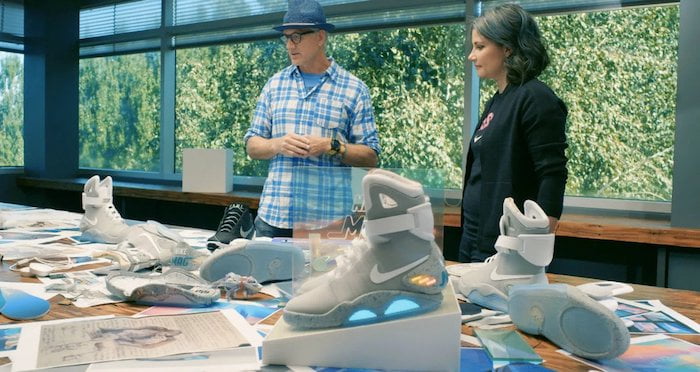
Officially introduced to the world by Michael J. Fox, or Marty McFly, on The Jimmy Kimmel Show, the Nike Mag was officially brought back to the future with auto-lacing. The news was an enormous part of sneaker culture that year, with a dream becoming a reality for many sneakerheads. As you can imagine, the Mags were inundated with hype, making for one of the most memorable releases of the decade.
With just 89 pairs of the auto-lacing Nike Mag made for the 2016 release, the shoe was a masterpiece. A select few were auctioned off around the world, with the rest going up for raffle at major cities. Whilst the auto-lacing Nike Mag was great, the technology behind the shoe is something that far outlasted the hype.
Introducing E.A.R.L
Following on from the success of the auto-lacing Mag, Nike and, in particular, Tiffany Beers had created a revolutionary piece of technology. The introduction of Electro Adaptive Reactive Lacing (or E.A.R.L) on the Mag meant that Nike could start to apply the technology to other sneakers. Soon after, Nike introduced the world to the Hyperadapt 1.0; a shoe that took the auto-lacing technology of the Mag and put it on an everyday silhouette.
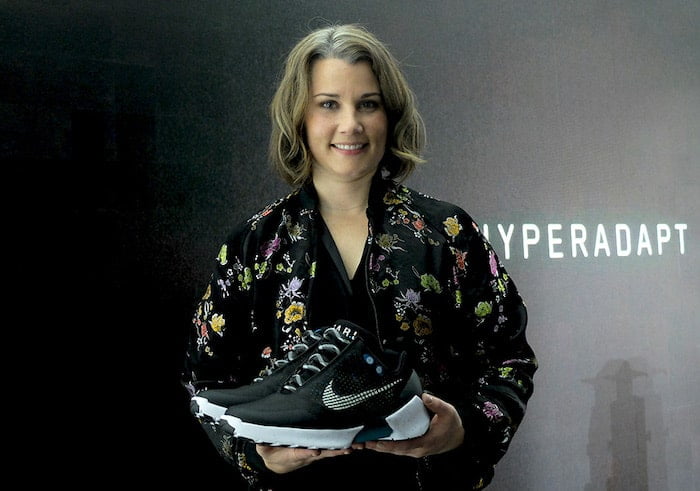
As one of the very few women at Nike in a top position, Tiffany single-handedly revolutionised lacing, making her one of the most important people in the industry. Although the price point of the original Nike Hyperadapt was extraordinarily high, the subsequent sneakers have come down in price. The most recent Air Jordan 11 Adapt costing €400 at retail, a significant drop from the original €720 of the Hyperadapt.
Final Thoughts
Although Tiffany Beers may have left Nike in 2017, her legacy in the footwear world is simply incomparable. During her 13 years with the Swoosh, she oversaw some of the most iconic product releases of all time, transforming the industry through technology and created sneakers that will remain grails for the rest of time. “My whole life has been competing with the boys,” Tiffany explained to The New York Times. It’s safe to say that she was, and still is, in a league of her own.



